Urban Agriculture in India – Types & Benefits of Urban Agriculture
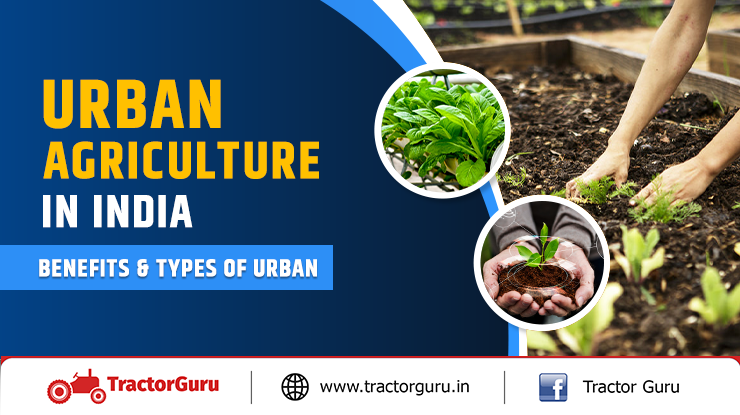
Urban agriculture is integrated into the ecological system and urban economy as it provides fresh food and reconnects to agribusiness. It also helps a city by creating green space and strengthening its resilience to climate change. Urban agriculture also covers a wide range of activities, from cultivating various types of crops like vegetables, grains, mushrooms and fruits and rearing animals such as fish and poultry. Apart from this, non-food products like medicinal herbs or ornamental plants are cultivated.
Urban agriculture can reflect economic and social development. And urban farmers and gardeners generally work for producing food. Also, Urban agriculture preserves green space in cities, providing places for neighbours to indulge, build community cohesion and strengthen bonds. Moreover, urban agriculture includes agroforestry, animal farming, aquaculture, beekeeping, and horticulture. Furthermore, this gardening is done in peri-urban areas as well. And peri-urban agriculture may have different characteristics. Here below, you can find the Urban farming methods (types).
Types of Urban Agriculture
There are 10 types of urban farming elaborately defined in the below section.
1. Backyard Gardens
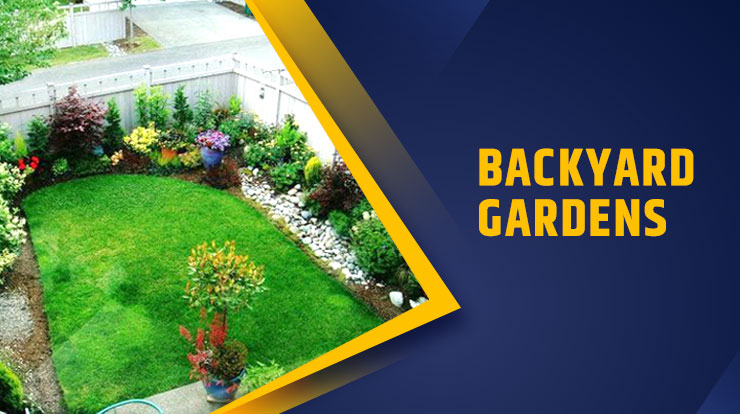
Backyard Gardens help to grow foods in house property, and it’s the best method of urban agriculture. Cultivated food is generally shared among family, friends and neighbours. This organic food can also be stored and preserved. Backyard gardens are beneficial to communities because neighbours can share each other’s backyards and adopt different farming methods for good yields.
2. Tactical Gardens
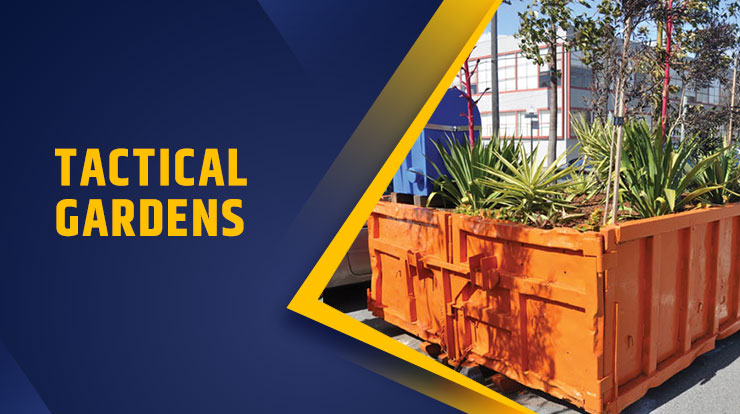
It involves utilising the limited space available to practise agriculture without incurring huge expenditure. For example, an urban dweller can easily create a keyhole garden to cover the space created in the narrow street. In addition, we can utilise the wasted land to create an activity, which means you can use it for farming in your leisure time and grow the crop.
3. Street Landscaping

It is a type of urban farming including grass, landscaping, street trees, vegetation that grow in streets in a society. Also, this landscaping makes the streets look beautiful and provides food to the society or area. In addition, it creates a cleaner environment and purifies the air as they are grown on roads, which helps reduce urban stormwater runoff.
4. Forest Gardening

It is related to the practice of growing gardens within an urban forest. Forest gardening is achieved by growing various crops, vegetables and fruits in an urban environment. Forests generally create an environment that is conducive to food growth. And for this reason, they help ensure that forests are protected and also make deforestation a non-factor in urban settings. Forest gardening may also be part of afforestation efforts, which encourage tree planting in urban areas as a step towards the fight against global warming.
5. Greenhouses

Greenhouses are the areas for the practice of farming in commercial, residential and communal urban spaces. They require land that is a substantial size to set up depending on the crops for planting. However, people are able to grow the crops all year round as the greenhouse provides a controlled environment where the crops need specific conditions to grow.
6. Rooftop Gardens

Rooftop Gardens is a gardening in a roof space as you can easily use it to grow fruits, vegetables and herbs. The advantage of rooftop gardens is that they can improve air quality, reduce urban heat, and make rooftop farming in India successful. Moreover, people can use this garden to beautify recreational facilities. Also, use the rooftop farming techniques: green roof, urban Hydroponics, Air-dynaponics systems, or container gardens.
7. Green Walls

Green walls are like vertical structures where you can grow various types of plants or other greenery attached to them. Also, you can often plant in a medium consisting of soil, water or stone. The green wall encompasses the growing crops on the internal and external scope of the wall. It does not need a lot of space as the mechanism used helps supply sufficient water to the food, and also it uses the soil present on the walls. Moreover, for urban agriculture, this is a good way to reduce stormwater runoff.
8. Vertical Farms
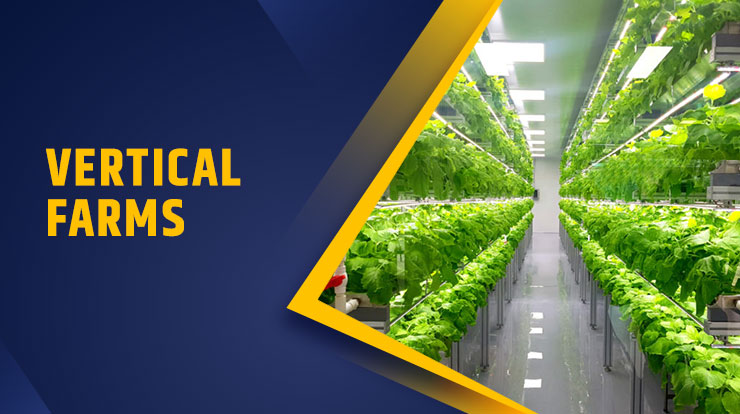
Urban vertical farming is the practice of growing crops in vertically stacked layers. However, the practice may use hydroponic soil or aeroponic growing methods. In addition, vertical farms are used for growing crops in challenging environments, such that arable land is scarce or unavailable. To save space and use water for irrigation and minimal energy, use vertical farming.
9. Animal Husbandry
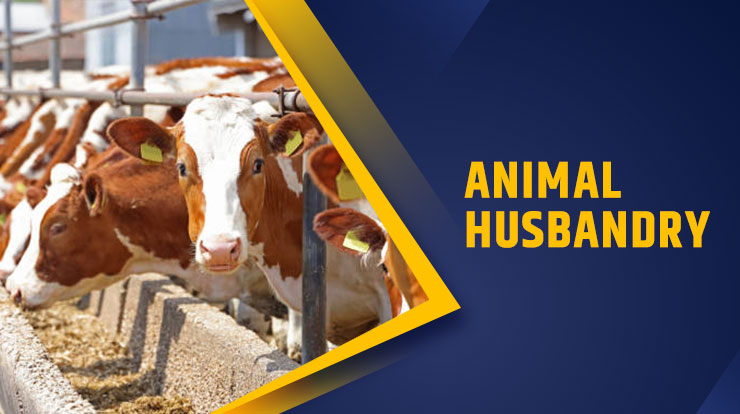
Animal husbandry is the practice of food from animals in urban areas. So, for keeping different kinds of animals or focusing on specific animals like goats, rabbits, poultries or sheep, urban dwellers can choose a suitable location. Put simply; it is also a branch of agriculture that deals with animals that are reared for fibre, meat, milk or other products.
10. Urban Beekeeping
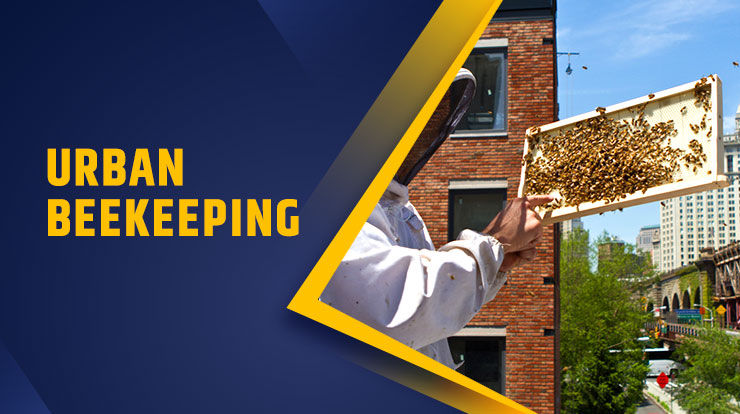
Urban beekeeping is a possibility that occurs with many regulations and restrictions of the government depending on the city and location. Similarly, beekeeping requirements may differ from city to city. However, if practised, it has many benefits for the local environment. Bees are significant to the ecosystem because they not only provide honey but also act as pollinators and promote biodiversity.
“As described, these are different methods of urban farming with the aid of you to find the best solution to do urban farming at home and other places in cities”.
Urban Farming Ideas
Farming in cities and towns is not the latest concept also urban agriculture has been prevalent for centuries. Nowadays, opportunities open to urban farmers and kinds of ways that rationally everyone can grow food for themselves. Apart from this, you do not think about the nature or size of their house.
1. Backyard Permaculture
The developing concept of a sustainable ecosystem inside your own backyard, especially common in the suburbs, is backyard permaculture. Combining plants, animals, and microclimates, backyard permaculture enthusiasts create a healthy environment. This provides a place to relax, enjoy, and possibly harvest crops.
2. Raise a Few Backyard Chickens
It is the best way to reduce dependence on industrial agriculture, and also the inhumane conditions in which many chickens and other animals are kept is to import one’s own meat. Backyard chicken keeping is a general way to get into urban agriculture easily and quickly without investing a lot of money or having a lot of room to garden. The amount of meat and eggs provided by chickens requires relatively little space and also is easy to care.
3. Container Gardens
The most usual way for urbanites to participate in gardening, container gardens are the perfect way to transform a small farm into an outdoor space or window room. Urban farmers can grow many fresh vegetables and also grow herbs without much time or effort by using containers to plant food crops. Also, there is no legal loophole, and resources and information are readily available to help.
Impact of Urban Agriculture
- Recently, urban gardening has been used not only for food security but also for people to engage their general emotions and social well-being by planting plants at home and in the office and reducing stress levels.
- It may sound silly, but urban gardening results in people becoming more physically active and also doing a lot more to maintain a garden, such as ploughing the soil or digging holes.
- In some cases, urban farming in India is done in a communal space, such as on a terrace where each person gets a designated area where they can plant their plants. Even simply planting a plant on a windowsill or balcony is a great start.
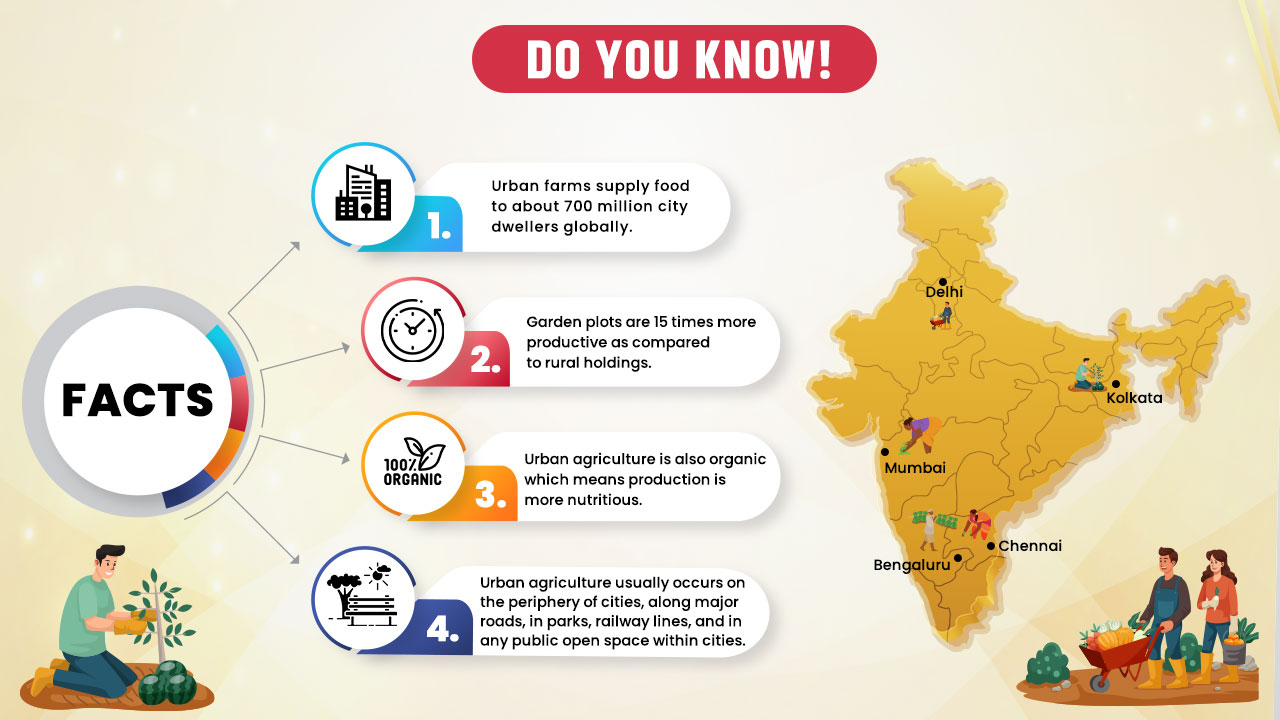
Benefits of Urban Agriculture
There are various urban farming advantages; let’s look at them below.
1. Tap into the Growing Local Food Trend
Before it was a small part of the production industry, the local food market has become a rapidly growing sector. From 2008 to 2014, it more than doubled from $5B to $12B, and $20B before 2019. In addition, sixty-seven percent of grocery shoppers say they buy local food on a ‘regular’ basis. Urban hydroponic farming is able to satisfy the demand for local food in environments where traditional farms cannot succeed.
2. Help Boost the Local Economy
Local food systems are able to be effected by the local economy. As more restaurants, groceries, institutes, and schools find out about local food. You can find the opportunity for food entrepreneurs and also for small businesses. In addition, to explore urban agriculture for thriving a new market in which to start or expand their business. The sustainable urban farming concept creates more employment opportunities for local residents. Therefore, as the money circulates within the city, local economic activity rises and strengthens communities.
3. Create Edible Landscapes
Urban agriculture is the solution for unutilized and vacant land plots scattered throughout cities, and also this projects efficiently use roof space. Raised beds and communities instantly transform spaces into more vibrant and edible landscapes. Moreover, it gives individuals the opportunity to manage common land and become more involved in their communities. Also, more urbanites use services like farmscape to convert their terraces and backyards into garden oases, which has been proven to increase property values.
4. Innovative Urban Gardening Techniques
As city locations lack the wide-open fertile plains of traditional farming techniques, urban farmers are tasked with finding creative solutions for innovative urban farming techniques to address challenges such as waste, space, resources and energy. Because of this, more efficient innovations are created to develop the quality and quantity of food that can be produced with the least amount of resources. For example, vertical aquaponic systems from Long Beach Growing Experience produce 3 to 4 times more and use significantly less water than traditional farming methods.
5. Reduce carbon emissions
Urban farms cut down on the vast amount of fossil fuels needed to transport, package and sell food by localising produce. In addition, urban gardening helps consumers reduce their “footprint” by allowing them to purchase food grown within their community.
Conclusion
- When someone thinks about what is urban agriculture then we can put it in the simple words: City Farming, urban agriculture, urban agriculture, or urban gardening is the practice of growing plants in an urban environment.
- Even if you live in the area, using urban agriculture techniques, you can earn a lot of income from agriculture.
- Growing crops like edible microgreens and mushrooms don’t take too much space, but they deliver high margins.
- Not only is urban farming important or profitable, but also urban farms often provide a range of advantages to us.
Hope this blog is vital for you, if you want more information regarding farming and farmers, stay tuned with TractorGuru.
FAQs
Que. What is Urban Agriculture?
Ans. Urban agriculture or urban gardening is the practice of cultivating and processing of food and medicine, aloe vera in or around urban areas.
Que. What can we produce in urban gardening?
Ans. You can produce green vegetables, medicinal, and aromatic plants in urban gardening.
Que. What are the types of Urban Agriculture?
Ans. There are 10 different types of urban agriculture in India.
Que. Why is urban farming important?
Ans. The main purpose of urban agriculture is to produce food within an urban area and is a perfect solution for efficiently using the land.
Que. How is urban farming beneficial?
Ans. Urban agriculture ensures the affordability of fresh food and helps in producing organic foods.
Que. How does urban agriculture boost the local economy?
Ans. Urban farming is enhancing the opportunities for the start-up of local food.
Que. What will be the impact of urban agriculture on Urbanities?
Ans. Urbanities can easily get organic food at less cost.
Que. Which is the best method of Urban agriculture?
Ans. Vertical and container are the best methods of urban agriculture.
Que. What are tactical gardens?
Ans. Tactical gardens involve the use of limited space to carry out farming without heavy investment.
Que. What is Forest Gardening?
Ans. It is a practice of growing crops in gardens within an urban forest.
Related Blog:
Tomato Farming Tips In India



